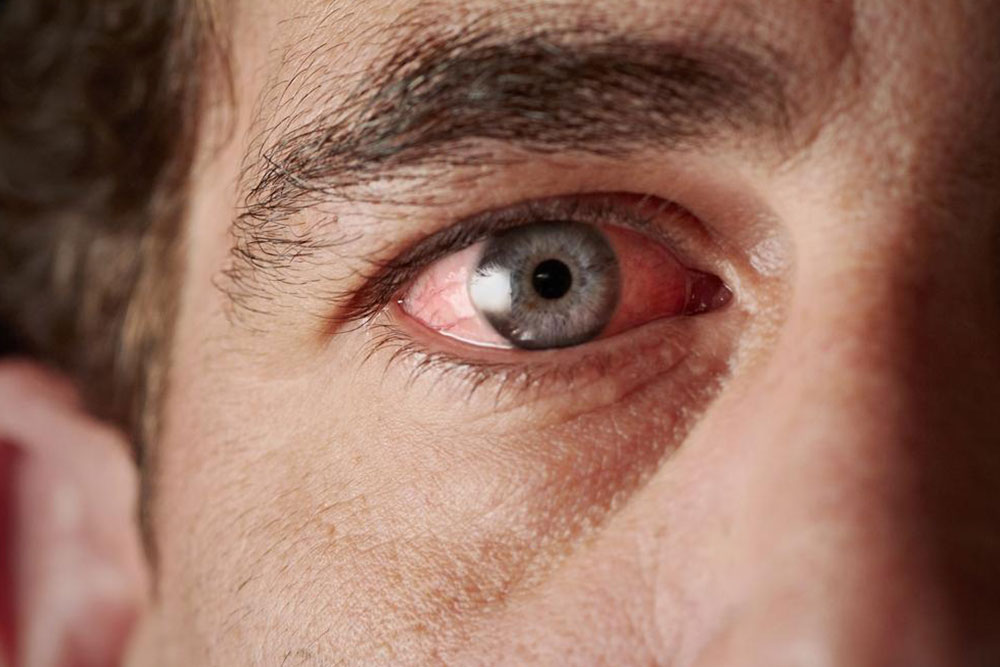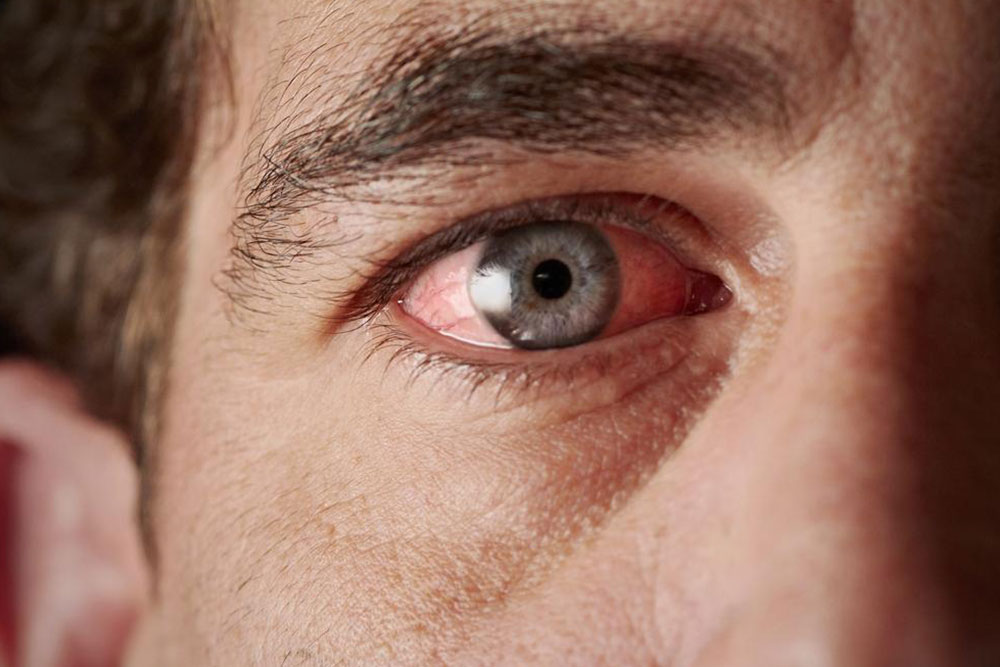Understanding Sjogren’s Syndrome: Causes, Signs, and Care Strategies
Sjogren’s syndrome is an autoimmune disorder affecting moisture-producing glands, causing dryness and potential systemic issues. Treatment focuses on relieving symptoms like dry eyes and mouth, controlling inflammation, and preventing complications. A team of healthcare providers, including rheumatologists and ophthalmologists, tailor therapies to individual needs. Awareness of signs such as persistent dryness, joint pain, and systemic symptoms is essential for early diagnosis and management. Consult professionals for personalized care to effectively manage Sjogren’s syndrome.

Understanding Sjogren’s Syndrome: Causes, Signs, and Care Strategies
Sjogren’s syndrome is an autoimmune disorder mainly damaging glands responsible for moisture secretion, such as salivary and tear glands. In affected individuals, the immune response triggers inflammation, attacking tissues and altering nerve signals to these glands. People with Sjogren’s process are at increased risk for complications like lung issues, kidney problems, and cancer. Prompt medical consultation is essential for managing symptoms effectively.
Possible Causes of Sjogren’s Syndrome
Experts believe that genetic factors might contribute to the development of Sjogren’s syndrome, although the precise trigger remains unknown. Certain inherited genes may increase susceptibility.
Interestingly, the condition affects women more frequently than men, suggesting a potential link with female hormones such as estrogen.
Initially, the immune system targets the salivary and tear glands, leading to dryness. However, other internal organs like joints, kidneys, lungs, and the thyroid may also be affected, causing systemic symptoms.
Inflammation of moisture-secreting glands
autoimmune response triggering gland damage
Genetic predisposition
Common symptoms include persistent dry eyes and mouth. The inflamed salivary and tear glands produce less fluid, resulting in dryness, joint pain, and other complications. Typically diagnosed in individuals over 40, signs also involve dental decay, sore throat, swollen glands, and difficulty swallowing. Eye symptoms may include irritation, itching, light sensitivity, and blurred vision. Extra symptoms can involve fatigue, muscle soreness, and nerve sensations, with some patients experiencing lung and skin issues.
Treatment Approaches for Sjogren’s Syndrome
Management involves a multidisciplinary team including primary care physicians, dentists, and specialists like rheumatologists and ophthalmologists. Treatment aims to reduce inflammation, enhance moisture, and alleviate discomfort.
Relieving Eye Discomfort
Eye specialists may recommend lubricating eye drops, artificial tears, and punctal plugs to retain moisture and decrease inflammation. These measures are especially useful for moderate to severe dry eyes.
Boosting Saliva Production
Various medications can stimulate saliva flow, but side effects like sweating and urinary changes may occur. Saliva substitutes and oral gels can offer relief, particularly at night when dryness worsens. Maintaining oral hygiene with specialized toothpaste and mouthwash prevents cavities and infections.
Addressing Joint and Organ Concerns
Pain relievers targeting joint discomfort are commonly prescribed, alongside immunosuppressants to prevent organ damage. Treatment plans are tailored to individual needs to manage systemic symptoms effectively.
Note:
This article provides general information about Sjogren’s syndrome, including symptoms and management. It should not replace professional medical advice. Always consult healthcare professionals for diagnosis and treatment options tailored to your condition.










